By innov8.ag
Read the original case study online here.
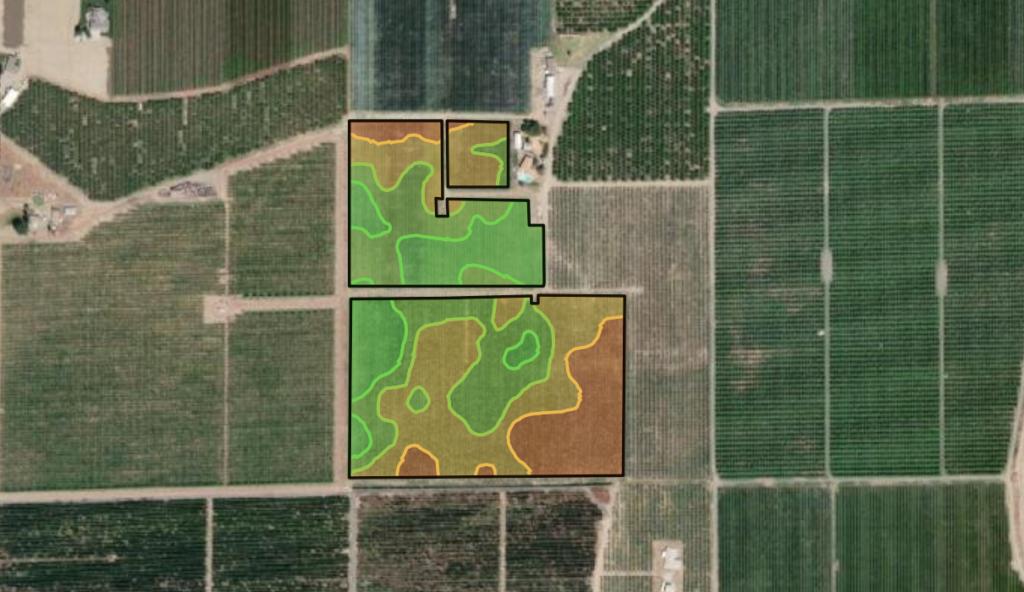
“We’re looking to reduce our petro-based inputs and to maximize the right inputs at the right place at the right time, year over year.”
-Keith Veselka, NWFM Orchard Operations Manager
In precision agriculture, VRA is the practice of varying the amount of inputs (such as fertilizer, seed, or chemicals) applied to different parts of a field based on the unique characteristics of those areas. For a long time, VRA has been commonly utilized in row crops, but its use in the permanent crop industry has only recently emerged. This will allow orchard farmers to maximize yields while minimizing costs and environmental impact.
Creating Soil Maps- One of the key factors that can influence the effectiveness of VRA is the quality and accuracy of the soil maps used to create prescription zones. Soil maps are created using a combination of soil sampling, NAPT certified laboratory analysis, and advanced data analytics. The soil samples are collected from statistically informed parts of the field and analyzed for various physical and biological properties, such as pH, organic matter content, topography and nutrient levels. In this specific case we used the SoilOptix Spectrometer, a gamma ray proven piece of technology, originally developed in Netherlands for mining exploration. This data is then used to create detailed soil maps that show the variability of soil properties across the field.
Creating Prescription Zones: Once the prescription soil maps are created, they can be used to create prescription zones for VRA. These zones are based on the specific needs of each area of the field and can vary in size and shape depending on the variability of the soil properties.
Farmers and agronomy advisors can then use VRA equipment, such as variable rate applicators or seeders, to apply inputs at the correct rate for each prescription zone. This can help to improve yields by ensuring that inputs are applied where they are needed most, while minimizing the risk of over-application or under-application.
A partnership between innov8.ag and Nutrien Ag Solutions, brought this concept to life at NWFM.
In 2022, NWFM looked to innov8.ag and Nutrien to provide them with soil mapping and VRA prescriptions; they have since expanded to map additional blocks in 2023. NWFM, LLC, established in 2018, is a locally owned, full service farm investment and property management company. Combined, owners Keith Veselka and Greg Newman bring over 40 years of crop production experience unique to the Pacific Northwest.
Working with Nutrien Ag, a leading provider of agricultural inputs and services, innov8.ag is able to combine its soil mapping expertise with Nutrien’s extensive knowledge of crop inputs and agronomy. Together, the two companies are able to provide farmers with a comprehensive suite of precision agriculture tools and services that can help them achieve better yields, lower costs, and more sustainable farming practices.
Overall, innov8.ag’s work with Nutrien to use soil maps to create prescription zones for VRA is a great example of how advanced data analytics and machine learning are transforming agriculture and helping orchardist achieve better outcomes. We empower growers with data, and this use case is a perfect example of how innov8.ag works with the growers preferred soil lab and ag advisor to bring you actionable data. Another key benefit of working with innov8.ag is that we bring together soil & yield data to improve the overall outcomes at the block and orchard level.
“Ive worked with NWFM for the last 6 years, helping them do a lot of fertilizer applications using soil data and soil samples. Taking the innov8.ag maps to come up with our prescriptions, big benefit of this is we’re only applying fertilizer where it’s needed and not making blanket applications.”
-Andy Schlenker, Nutrien Ag
How Soil Maps are Used
Essentially, we split the data up into four different zones- e.g. zones 1,2,3,4. Then we provide those zones to Nutrien who then applies a set of values of spreading to each of those zones to inform more/less inputs being allocated. The shape files (.shp) that we provide Nutrien then go into the applicator for the grower to use variable applications in those sections accordingly to the value it needs.
pH Soil Map
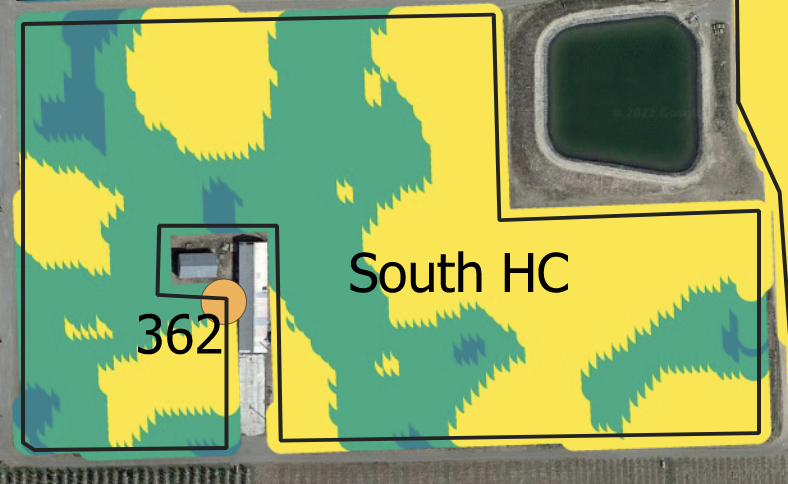
OM Soil Map
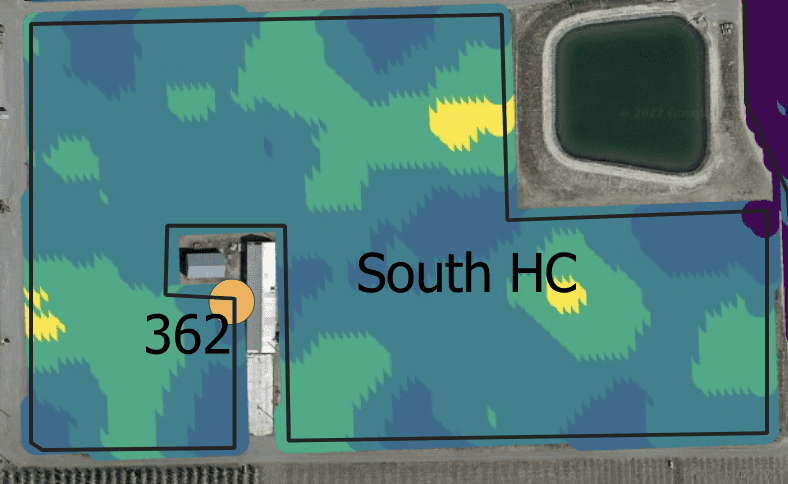
N03N Soil Map
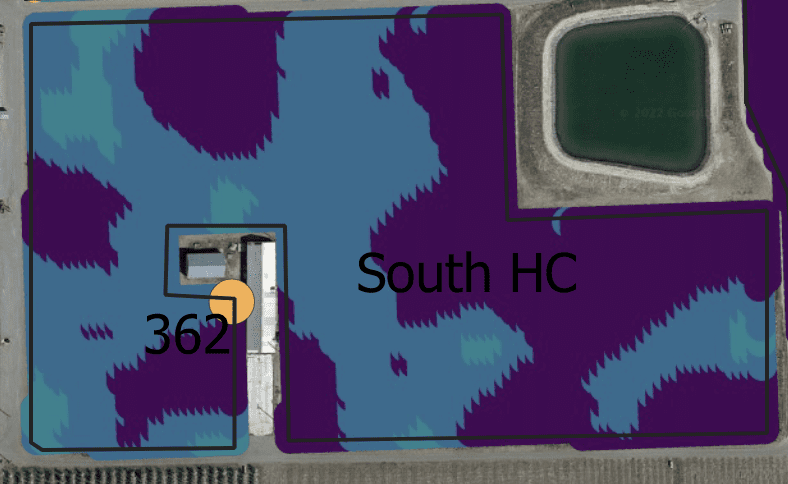
NH4N Soil Map
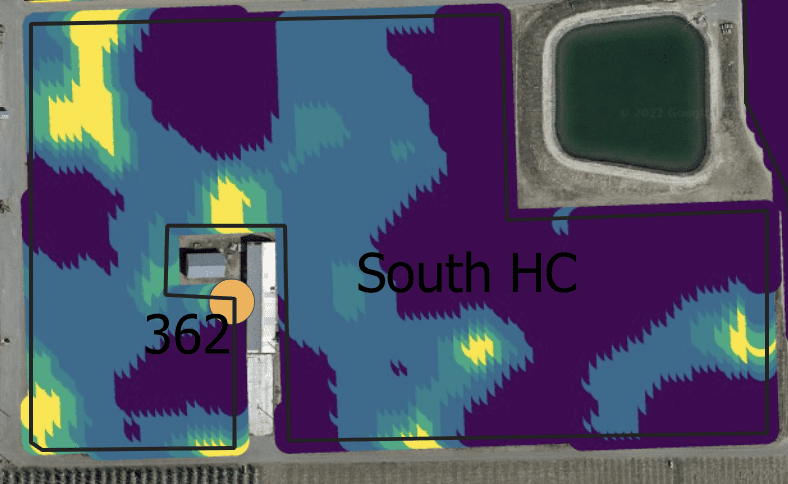
Nutrien VRA Lime Prescription Zone Map
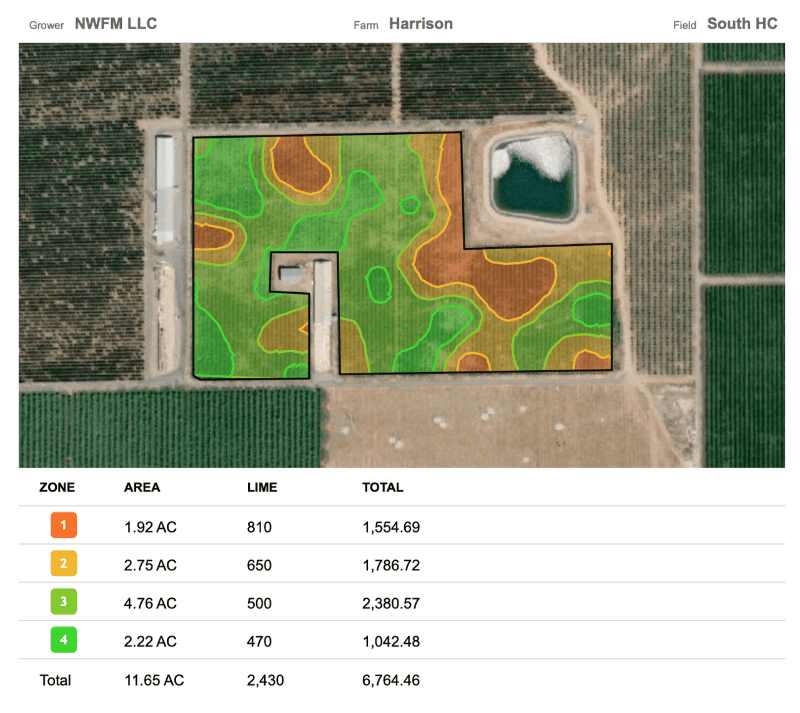
To learn more about building prescription zones for variable rate applications, contact us at [email protected]
